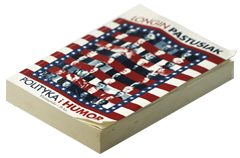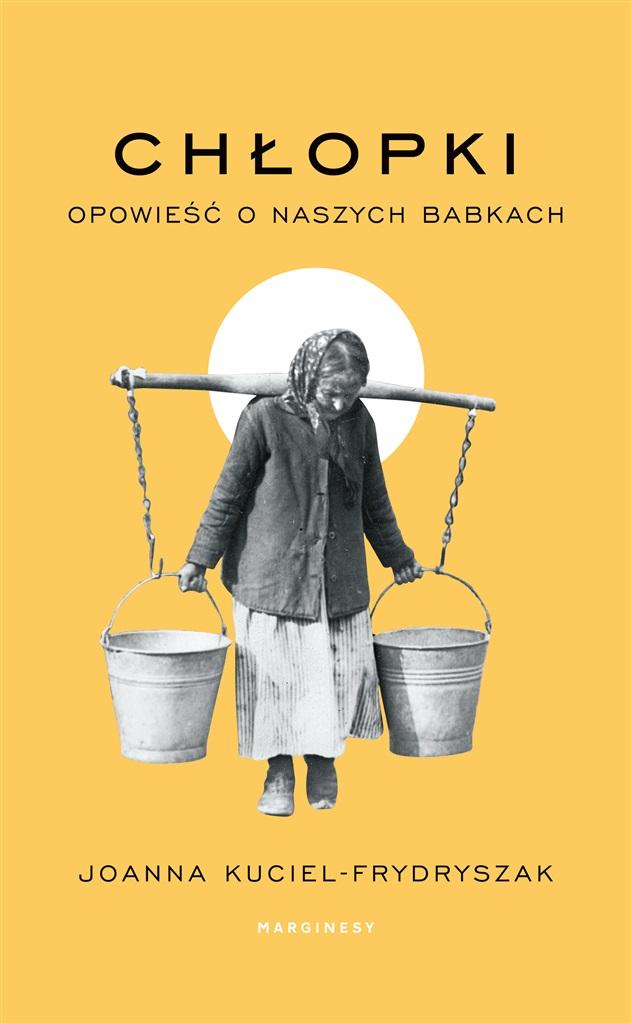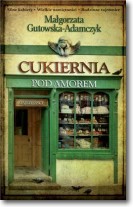Stan książek
Nasze książki są dokładnie sprawdzone i jasno określamy stan każdej z nich.






Nowa
Książka nowa.





Używany - jak nowa
Niezauważalne lub prawie niezauważalne ślady używania. Książkę ciężko odróżnić od nowej pozycji.





Używany - dobry
Normalne ślady używania wynikające z kartkowania podczas czytania, brak większych uszkodzeń lub zagięć.





Używany - widoczne ślady użytkowania
zagięte rogi, przyniszczona okładka, książka posiada wszystkie strony.
Day-VII Architecture. A Catalogue of Polish...
DODAJ DO LISTY ŻYCZEŃ
Masz tę lub inne książki?
Sprzedaj je u nas
Anglojęzyczna, zmodyfikowana wersja popularnej "Architektury VII Dnia".
Over 3,000 churches were built in Poland between 1945 and 1989, despite the socialist state's hostility towards religion. We call this Day-VII Architecture.
Built by parishioners from scavenged or pinched materials, the churches were at once an expression of faith and a form of anti-government protest. Their fantastic designs broke with the state's rigid urbanism. Neither legal nor prohibited, the construction of churches in Poland during this period engaged the most talented architects and craftspeople, who in turn enabled parish communities to build their own houses of worship. These community projects eventually became crucial sites for the democratization of Poland.
Unearthing the history of these churches through photography and interviews with their designers, this catalogue of polish churches sheds new light on the architectural dimension of Poland's transformation from state socialism to capitalism.
Jeśli interesują Cię inne książki o architekturze w Polsce tego okresu, zapoznaj się z innymi naszymi pozycjami takimi jak Architektura w Polsce 1945-1989.
Wybierz stan zużycia:
WIĘCEJ O SKALI
Anglojęzyczna, zmodyfikowana wersja popularnej "Architektury VII Dnia".
Over 3,000 churches were built in Poland between 1945 and 1989, despite the socialist state's hostility towards religion. We call this Day-VII Architecture.
Built by parishioners from scavenged or pinched materials, the churches were at once an expression of faith and a form of anti-government protest. Their fantastic designs broke with the state's rigid urbanism. Neither legal nor prohibited, the construction of churches in Poland during this period engaged the most talented architects and craftspeople, who in turn enabled parish communities to build their own houses of worship. These community projects eventually became crucial sites for the democratization of Poland.
Unearthing the history of these churches through photography and interviews with their designers, this catalogue of polish churches sheds new light on the architectural dimension of Poland's transformation from state socialism to capitalism.
Jeśli interesują Cię inne książki o architekturze w Polsce tego okresu, zapoznaj się z innymi naszymi pozycjami takimi jak Architektura w Polsce 1945-1989.



















